- Viewpoints
Age tech refers to technologies developed to solve the challenges of an aging society. This series explores how age tech might bring us joy and well-being through interviews with leading figures in relevant disciplines.
In the second installment, Mariya Yasunami and Hokuto Sajiki of the Institute of Elder Knowledge and New Adult Culture, a think-tank affiliated to Hakuhodo Senior Business Force, talk with Dr. Fumiaki Ikeno, Researcher, Cardiovascular Medicine, Stanford University. Dr. Ikeno, who relocated to Silicon Valley after practicing rural medicine in Japan, has been involved in research and development at over 200 healthcare startups.
Click here for Part 1, our interview with Keren Etkin, a global age tech entrepreneur based in Israel.
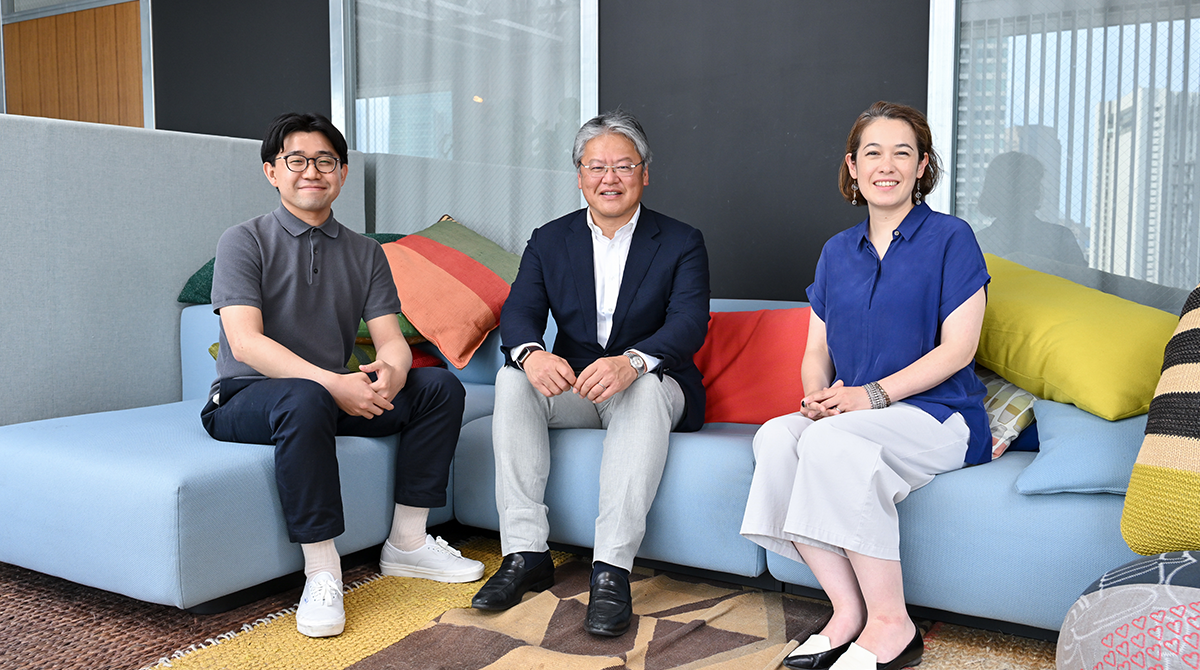
Doctoring in a remote community with 40% seniors: A taste of Japan’s future
YASUNAMI: After practicing rural medicine in Japan, you became involved in conducting R&D with medical devices startups at Stanford University. Could you tell us how that came about?
IKENO: I was born in Hamamatsu, Shizuoka Prefecture, in 1967. After graduating from high school, I studied at the Jichi Medical University School of Medicine and qualified as a doctor. Jichi Medical University is funded by Japan’s prefectural governments, and tuition is free. The way it works is this. Your fees are waived as long as you return to your home region on graduating and work for nine years at a hospital run by the local government. I chose to study at Jichi Medical University because my family wasn’t that well off. But the university’s biggest allure is that you get to practice rural medicine. Or, to put it negatively, you “have to” practice rural medicine for four of the nine years. In my case, after interning at a general hospital for five years, I took up a position at a small hospital in the mountains of Shizuoka at age 30.
At first it was a real struggle. I was extremely uneasy about spending four years far from the cutting edge of medicine just as I was getting into the swing of my medical career. But then, as I started interacting personally with old folks, I really began to enjoy it. It was a real eye-opener being able to experience community-based healthcare, which involves direct personal contact. On house calls I would help children with their homework.
To be honest, I sometimes agonized over what I was doing in such a backwater. But then one day it hit me. Even at that point, 40 percent of the population of the area where I was posted was 65 or older. That, I thought to myself, would probably be the percentage of old people in Japan as a whole one day: 2040 or 2050, say. So maybe I was practicing medicine in the Japan of the future. Realizing that greatly boosted my motivation. It also got me thinking seriously about Japan’s future.
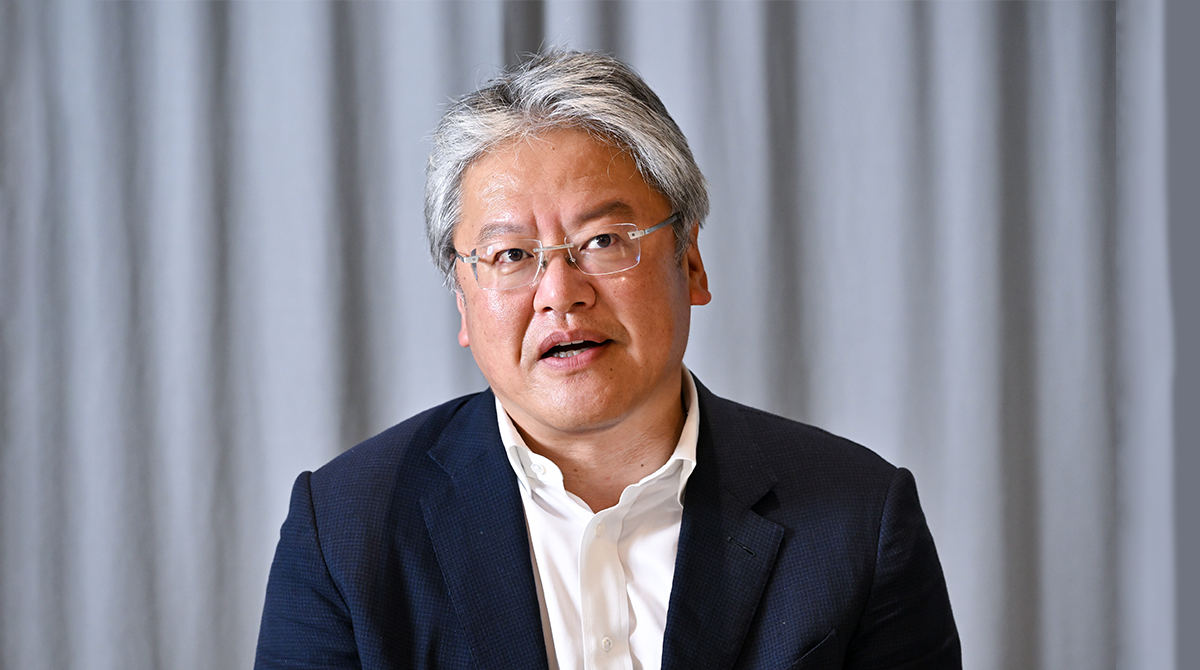
YASUNAMI: So you ended up in Silicon Valley because your experiences in a rural backwater made such a striking impression on you?
IKENO: Well, I’d never heard of Silicon Valley. I hadn’t even heard of Stanford University until just before I went there [laughs]. After completing my nine-year stint on the public payroll, I was supposed to start working at a hospital in Shizuoka Prefecture. But before that, I had a chance to visit the world-famous Toyohashi Heart Center. The center’s director, Dr. Takahiko Suzuki, asked me, “So what are you going to do when your nine years are up?” I told him I would go back into community medicine. “You’ve spent nine years working for the government. Is there really nothing else you want to do?” “I’d like to take a stint abroad,” I replied. So that’s how it happened. He gave me a recommendation to Stanford.
Conducting R&D with startups—and bridging cultures
YASUNAMI: That’s quite a story. What exactly did you do at Stanford?
IKENO: Silicon Valley is the startup mecca, so I joined a research department that develops new medical devices in partnership with startups. I actually worked on experimenting with cardiac catheter interventions using pigs. That’s what I devoted all my time to. I spent all my days with the startup’s engineers [laughs].
YASUNAMI: Now you’re a mentor in a program for training entrepreneurs in the medical devices field, right?
IKENO: That’s right. Usually it would be unthinkable for a Japlish speaker without an American education like me to teach at Stanford. But the one advantage I do have is my uniqueness. One thing that makes me unique is my ability to conduct experiments using pigs. Another is the fact I speak Japanese and understand Japan. And that’s it. I understand how the Japanese healthcare and social systems work, and I’ve worked on many projects bridging Japan and the US. So I guess those achievements have gradually earned me recognition.
YASUNAMI: Japan is the world’s second largest medical devices market after the US. Is it an attractive market as seen from Silicon Valley?
IKENO: The US is far and away the largest market at 45 percent, followed by Japan at 9–10 percent. It is an attractive market, but when it was really valuable was back in the days of the economic bubble. Today Japan’s GDP growth rate isn’t that high at all. Despite the emergence of age tech with the advent of a graying society, technologies for old people are hardly going to command a premium price. Not many 75-year-olds make ten million yen a year. So will their kids foot the bill? Well, Japan has a fertility of about 1.3. It’s worrisome to think where things may be headed.
Keeping seniors socially engaged with age tech
YASUNAMI: There’s been a lot of discussion in Japan of late about extending active life expectancy. Talk to people in their sixties and seventies, and many of them express frustration. They want to work, but they’re unable to find a position where they can put their experience to good use. Figures show that in Japan, one in three people who start a new business are 65 or older. How can technology assist people who are eager to work in their later years?
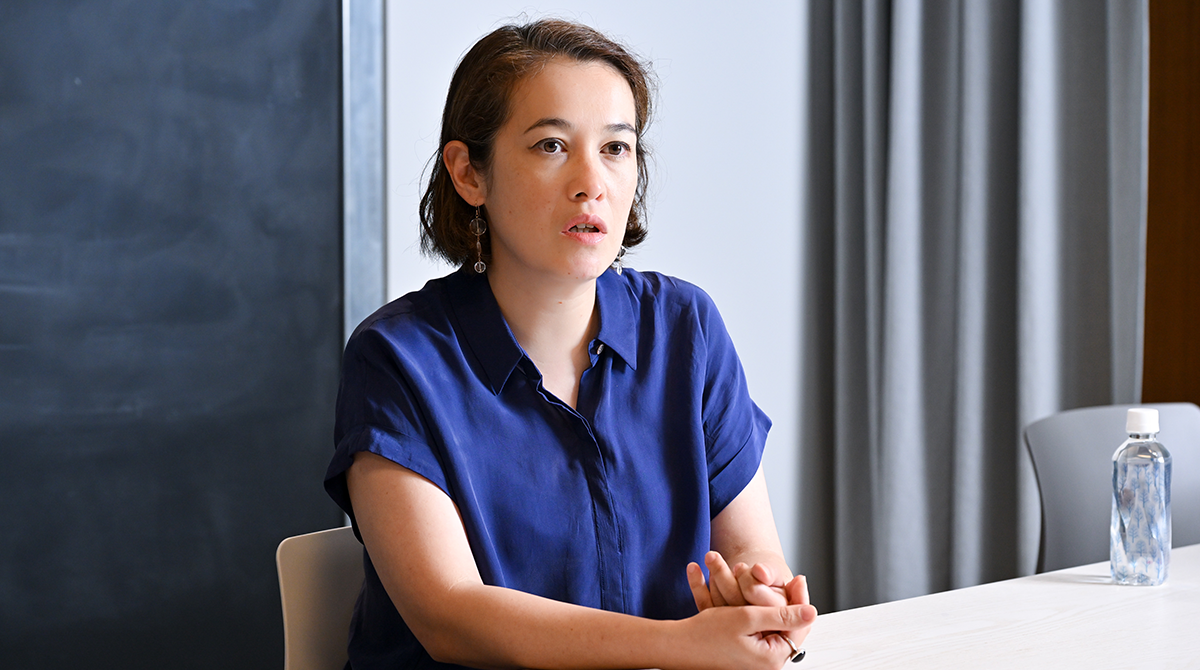
IKENO: The Japanese have the world’s longest healthy life expectancy, even as averaged out over the past several years. That’s something to be proud of. What most makes life worth living is being useful to others and getting thanked for it. So I think it’s important to prolong your healthy working years as much as possible.
There’s a medical term I’d like to draw your attention to now, “frailty.” Frailty refers to a state intermediate between being healthy and requiring long-term care. Once someone requires long-term care, there is little prospect of recovery. But if someone is frail, they can be restored to good health through early intervention. Technology can be expected to make a difference at two points: in preventing frailty and in restoring frail seniors to good health.
YASUNAMI: Could you tell us a bit more about frailty in seniors?
IKENO: There are three types of frailty. First, there’s physical frailty, where physical functions decline due to loss of muscle mass. Then there’s mental frailty, characterized by a state of depression caused by declining memory and other factors. Finally, there’s social frailty, where one increasingly loses contact with society. These three conditions don’t arise in isolation; they’re all closely interconnected.
Say, for example, there’s an elderly couple who live on their own, and the wife suddenly dies. With no one to talk to, the surviving husband now says little, and the muscles around his mouth atrophy. He spends more and more of his time staring vacantly at the TV, so his mental faculties degenerate because he’s exposed solely to passive stimuli. He goes out less often because he has no friends in the neighborhood, so his lower body loses muscle strength. Getting more protein would restore muscle, but he struggles to eat because his jaws have weakened. Thus there’s a complex interplay of factors involved. The next thing you know, he’s deteriorated so much that he needs long-term care. That’s not at all uncommon.
Japan is good at making robots that assist people who have lost the use of their limbs, because it has the technology. But the important thing is doing something to prevent people from requiring long-term care in the first place.
That could be a technology that enables seniors to maintain muscle strength in the home. It could be a lunchbox delivery service that prevents frailty by ensuring seniors get protein. You could let them communicate with others using AR or VR technology. But if that were all, they would never go out, so maybe launch a pedometer-linked service where people accumulate points the more they walk. Just because technology is involved, that doesn’t mean you need to use fancy gadgets. What really matters is keeping seniors socially connected. It’s all surprisingly down-to-earth.
Technology should always be needs-driven and people-centered
YASUNAMI: So technology can help people stay connected.
IKENO: Right. And it’s crucial that it be needs-driven. Japan has traditionally taken a technology-push approach. We have this fancy AR and VR technology, so let’s apply it to the problems of an aging population. That won’t do. Things should be people-centered. That, I believe, is fundamental. When considering where to use a technology, in the United States they start by mapping needs.
YASUNAMI: Does the entrepreneurship program at Stanford give high priority to that process?
IKENO: If you want to identify the needs of an aging society, it’s important to go and observe what’s happening on the ground first. That’s called design thinking. As a developer, you uncover needs that users are not yet aware of by visiting the front lines in person. And you do a thorough job of it. In the case of medical devices, that means visiting hospitals. So the program doesn’t just involve sitting in the classroom; it’s a hands-on affair.
A single development team will include doctors and people from the humanities as well, not just engineers. If everyone specialized in the same thing, they’d only ever come up with mundane ideas.
Japanese universities keep the humanities and sciences separate. That’s the first barrier I want to break down. Medicine is a scientific discipline, but that doesn’t mean the humanities are irrelevant. What Japan now lacks isn’t engineers but people to commercialize technology. A humanities-based mindset is what medical device manufacturers lack these days, and it will save people’s lives. That’s a point I would strongly emphasize.
YASUNAMI: The importance of a needs-driven approach is still not adequately understood in Japan. Why is that?
IKENO: Well, at most manufacturers the engineers are in control, so I guess they lack a marketing viewpoint when it comes to deciding how to use existing technology. And in the case of a technology designed to support people in their daily routine, you need to optimize it to match lifestyles in each country. If an age tech product is a success in Japan, for example, you can’t just transplant it as is to the European and North American markets. It won’t find a receptive audience unless it’s tailored to the local lifestyle and culture. To do that, you require design thinking and sei-katsu-sha* insight, which Hakuhodo strongly believes in.
SAJIKI: That was really instructive. One last question. You said that when you were practicing rural medicine, you felt like you were practicing medicine in the Japan of the future. Did anything happen to you at that time that made you hopeful for the future? If so, maybe you could share it with us.
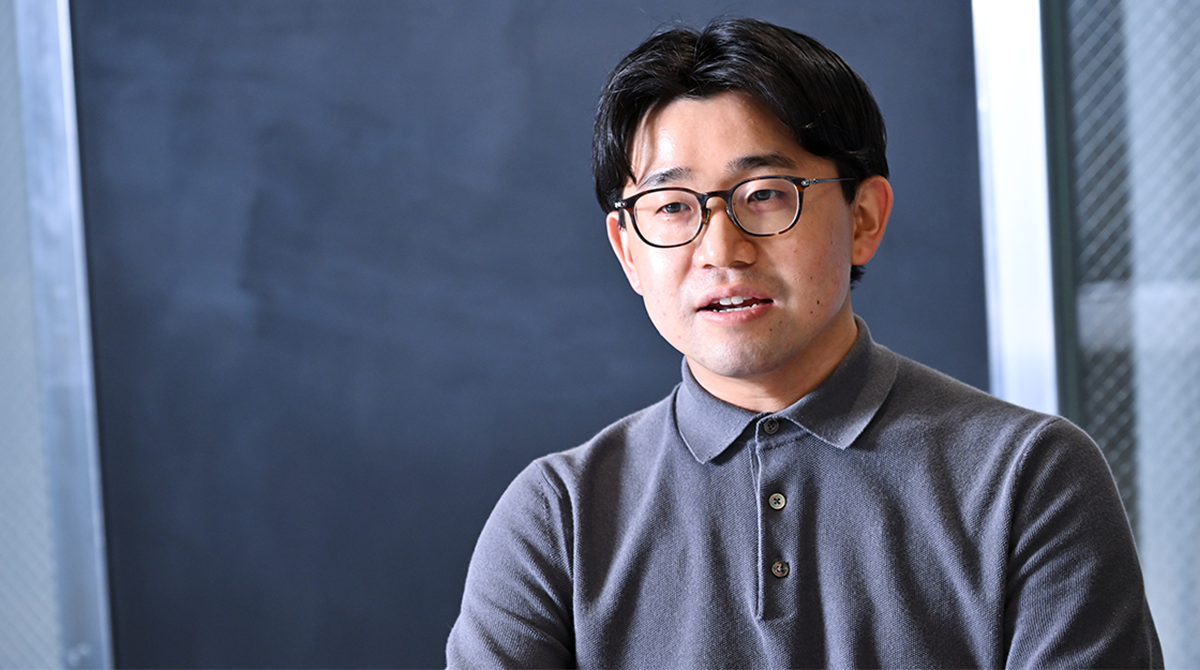
IKENO: Frankly, I went about my practice hoping that Japan wouldn’t end up like that one day. But the best thing about the experience was being able to deliver people-centered healthcare. Healthcare professionals and patients saw eye to eye. That was because the place was rural, I suppose, not because the population was old.
It’s inconvenient living in the countryside, of course, but there’s certainly something cozy about it because the community is so close-knit. As Japan ages, living in the city might become much like living in a small country town, I imagine, because people will venture less far from home. Successful community building will then enrich people’s lives. It should also eliminate the problem of people dying alone and forgotten. I now live in a small town a forty-minute drive from Stanford. Everybody knows everybody else, and people help out when someone falls ill or there’s a fire in the neighborhood. I definitely feel like part of the community. It’s a very human way to live, and that gives me hope.
Practicing rural medicine in my early thirties, and becoming deeply involved with other people, greatly altered my outlook on life. If I could live my life over again, I think I’d do the same: study at Jichi Medical University and practice community medicine. I can say that now. It’s true.
Editor’s postscript
Dr. Ikeno’s personality and passion for the job, not to mention what he had to say, were truly inspiring. We gained two insights from our interview with him.
Bridge the humanities-sciences divide
As also emerged from our previous interview, developing technology that seniors will actually use requires designing it in accordance with sei-katsu-sha’s needs. Dr. Ikeno pointed out that you don’t just need engineers from the sciences, you also need marketing people from the humanities. That’s a reminder that if you want to develop age tech that’s actually useful, it’s critical to build a team or organization that can bridge the divide between the sei-katsu-sha side and the technology side.
Combine age tech with communities
Dr. Ikeno observed that a close-knit community in remote areas enriches people’s lives, and it’s vital to seniors. Such communities have previously only been possible in certain limited environments. But now it should become increasingly easy to form communities through the power of technology. The need for communities online will surely become more diverse as people age, and such communities will increasingly come into their own. Examples include communities like alumni associations for maintaining existing relationships. They include communities that pursue a common purpose, such as shared interests. And they include mutual aid communities matching individuals seeking help with individuals seeking work.
The Institute of Elder Knowledge and New Adult Culture has zeroed in on senior communities and is conducting research on them. We have gained two insights through our experience running senior communities and holding workshops with sei-katsu-sha. I’ll share them with you here.
• Don’t give them support. Give them a role.
Even when building a community, there’s a tendency to regard seniors as marginalized and ask oneself how to support them. But a more effective way to motivate them to take part, actually, is to create a role or task that only they can perform. I interviewed one person who filled out a long questionnaire in great detail, and they said they were pleased that their views and ideas would serve a greater purpose.
• Foster interaction between different generations:
The favorite sessions of older people at workshops are those with young Hakuhodo staffers and students. People of various ages share their differing views and experiences relating to a particular topic. Young people as well as seniors appear to enjoy these sessions. Communities tend to be pigeonholed by age, but developing an architecture that fosters interaction between different generations could be another way to motivate people to take part.
In this series of articles, we will continue to feature various perspectives from leaders active in the field of age tech. Stay tuned!
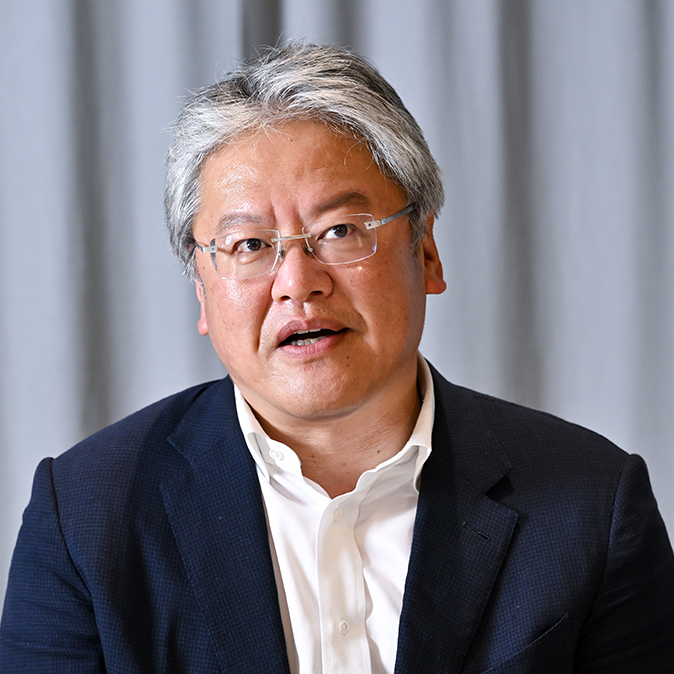
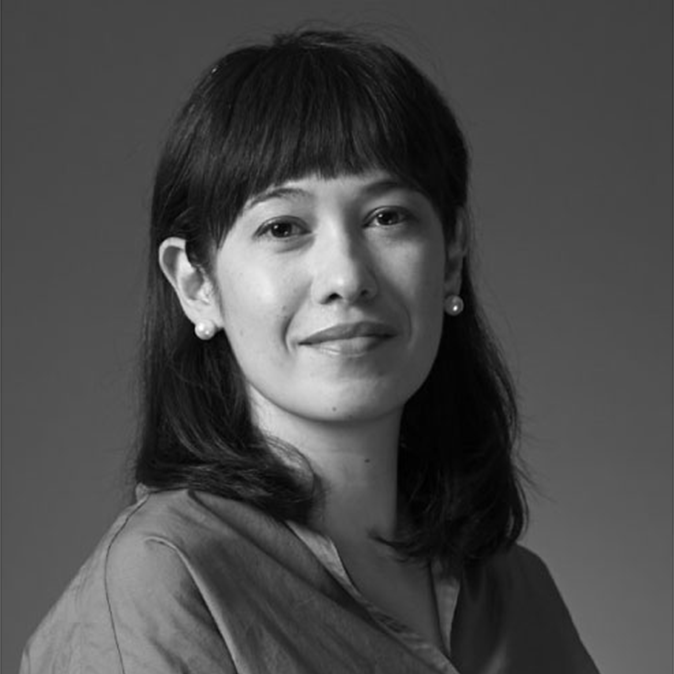
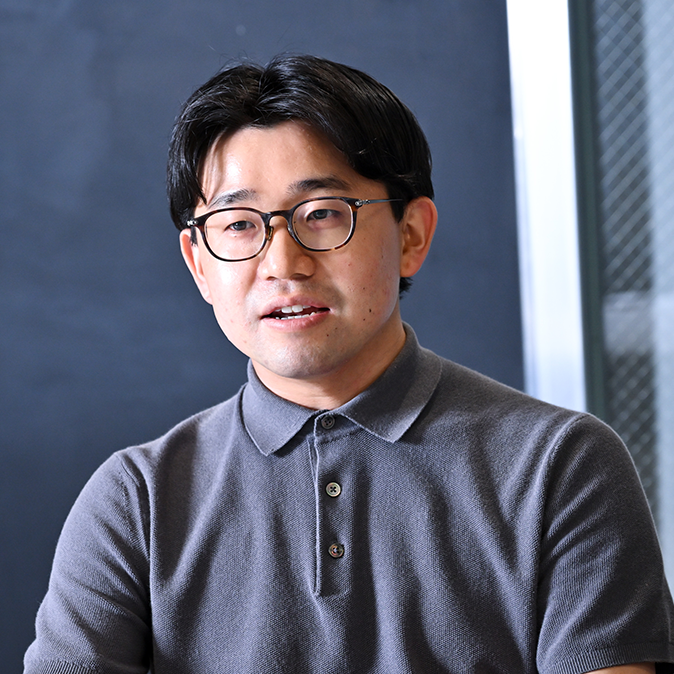
*“Sei-katsu-sha” is a term we use to describe people not simply as consumers, but as fully rounded individuals with their own lifestyles, aspirations and dreams.













